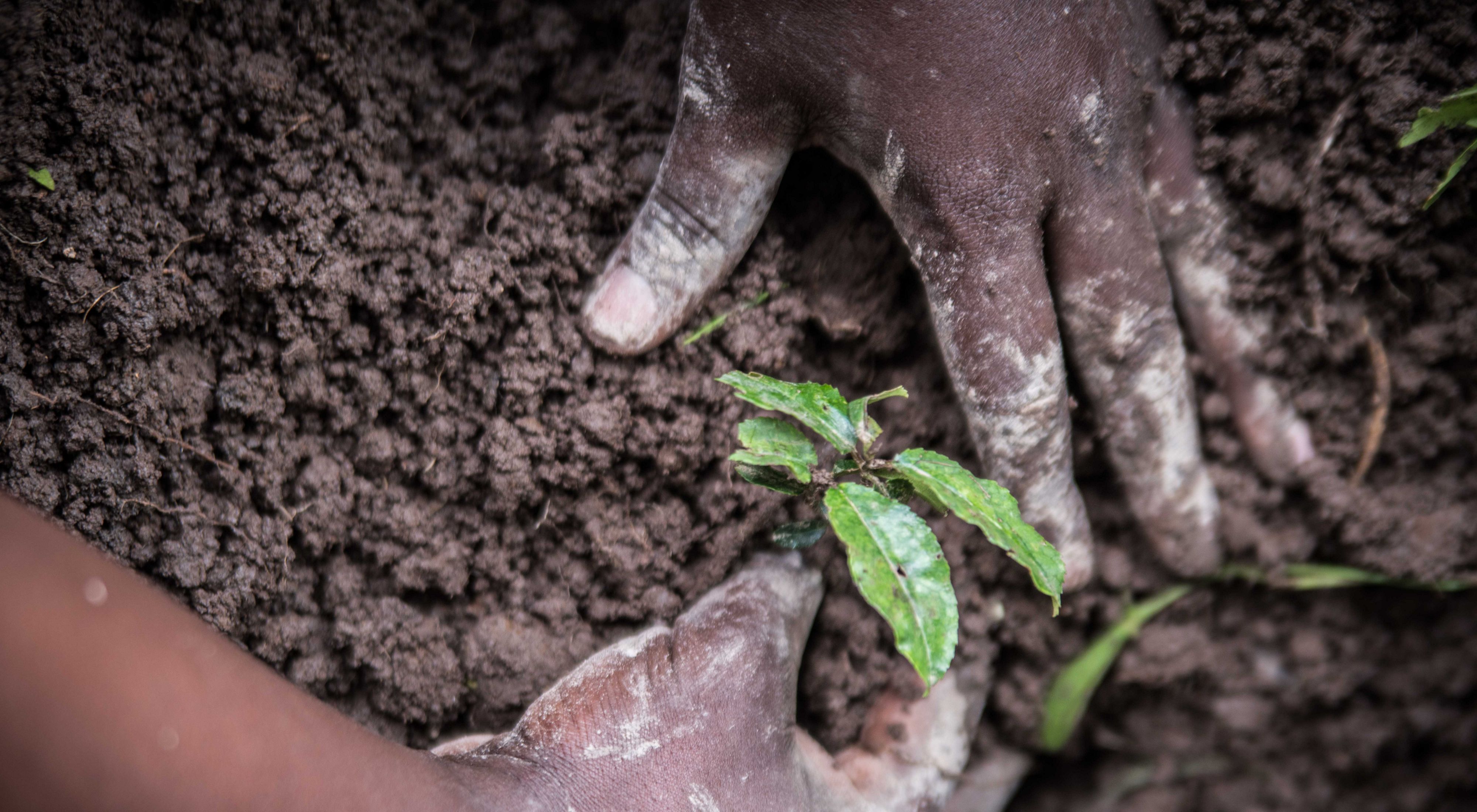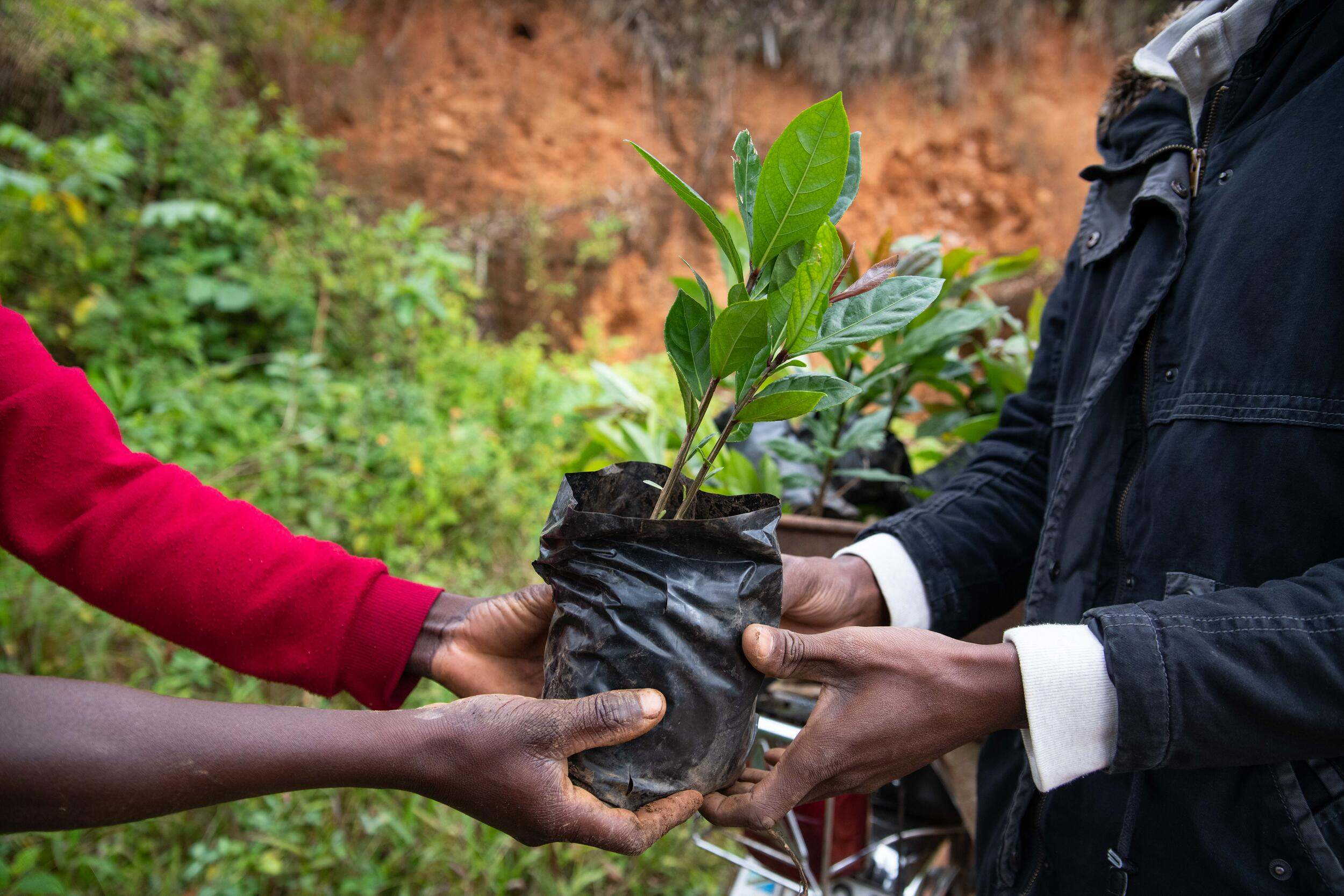Learn More
- Catalyst Background Details (.pdf)
Protecting forests is one of the most cost-effective ways to defend the planet from climate change’s worst effects. And yet, not all forests receive the same level of attention.
Africa has one-fifth of the planet’s remaining forests but is losing them faster than anywhere else. Better protection and restoration of these forest landscapes could reduce or remove 1 billion tonnes of carbon dioxide annually while helping hundreds of thousands of Africans earn a better living.
Lack of investment is not the only obstacle to more forest protection and reforestation. Across the continent, there are simply not enough forest landscape conservation or restoration projects ready to absorb the investment needed to achieve outcomes at scale.
The Africa Forest Carbon Catalyst aims to change that. The Catalyst was created by The Nature Conservancy and will find and refine African forest projects, giving them much-needed upfront funding, as well as technical and operational advice, and helping them to prepare to successfully seek investment.
By catalyzing action, we can slow or even reverse forest loss in Africa while helping fight climate change.
TNC’s Africa Forest Carbon Catalyst aims to support projects and enterprises that by 2025 will cumulatively:
• Avoid or reduce 20 million tonnes of CO2 emissions annually
• Restore or conserve 10 million hectares of African forest landscapes
• Improve 500,000 Africans’ livelihoods and well-being
• Create 5,000 jobs in Africa
The Catalyst aims to do this by:
• Raising $10 million in philanthropic funding
• Seeking and supporting 20 initial projects or enterprises
• Unlocking at least $300 million direct financing to supported enterprises over the next five years
Why We Need the Africa Forest Carbon Catalyst
The Catalyst will tackle the problem of there not being enough really strong forest conservation and restoration projects that can absorb significant private investment to have impact at scale. It will do this at a time when there is growing global investor and corporate interest in these projects, especially those in Africa.
Previous approaches have struggled to take projects to scale and sustainability, owing to limited technical capacity, inadequate markets, limiting policy frameworks, and a lack of political will. Recently there have been significant advances and reforms, and the Catalyst is designed to exploit these opportunities while supporting ongoing work to tackle remaining challenges.
The Catalyst can make use of various opportunities:
- Increasing technical capacity: The Catalyst links field teams to significant recent advances in forest carbon science, landscape planning, tree species trials, monitoring, etc.
- Harnessing innovation and entrepreneurship: Many early-stage projects and enterprises exhibit innovative business models and approaches that the Catalyst helps scale with technical support to prepare them to attract appropriate finance.
- Profiting from growing markets: The global voluntary carbon market has more than doubled since 2017. Recent corporate commitments to go carbon neutral suggest strong future growth in financing opportunities for forest restoration and conservation. The Catalyst works with projects that can achieve environmental and social, as well as financial, returns for investors. This also helps meet the United Nations' Sustainable Development Goals.
- Promoting regulatory reform and applying new enabling policies: Spurred by stronger political buy-in, enabling policy conditions are improving, and the Catalyst supports projects to benefit appropriately. Additionally, regulations around land tenure, illegal logging, and carbon continue to improve.
- Learning from past experiences: Some early projects were poorly designed or delivered, raising questions about forest carbon’s viability. The Catalyst applies the lessons learned from these experiences.
- Deepening new political support: Thirty African countries have signed up to AFR100 to restore 100 million hectares of degraded forest and landscapes and have pledged to conserve forests as part of their national development plans. Forests have become a priority at the most senior political levels.

How the Africa Forest Carbon Catalyst Works
The Catalyst develops a pipeline of bankable initiatives and shows they can deliver conservation and financial returns. Others replicate the model, and together we achieve large scale wins across Africa. Steps:
- Source appropriate projects to apply
- Assess projects for potential and scaleability
- Select the most promising projects and provide incubation, technical, financial, and operational support
- Projects source third-party investors and carbon buyers
- Demonstrate wide conservation outcomes and attractive financial returns
- Build momentum as more projects apply, are refined, and find funding, and Catalyst is replicated by other investors, authorities, and developers
| Incubation | -Conducting pilot studies, e.g., trialling a new tree species or product -Feasibility studies, e.g., potential REDD+ expansion |
| Technical | -Conservation support, e.g., landscape planning, securing land rights -Research and development; policy; market intelligence; monitoring and evaluation best practices; and environmental, social, and governance plans |
| Financial | -Business planning to improve financial health and make projects more "investor ready" |
| Operational | -Identify human resource gaps and support to build teams |

What Is a Typical Project?
We focus on projects with forest communities and subsistence smallholders at their core.
Projects might come from organizations at various stages—from an initial concept to a well-established project changing focus.
To be eligible, projects must:
- Work on reforestation, forest conservation, or sustainable forest management in Africa
- Be able to scale to sequester or avoid 3 million tonnes of CO2 in 10 years, or protect 100,000 hectares of natural forest
- Demonstrate a plan for financial sustainability without donor funding
- Add value unachievable without the Catalyst’s engagement
- Put smallholders and communities at the core of their approach
- Be of good standing and meet TNC’s due diligence criteria, including a commitment to protect human rights and indigenous communities
Initially, projects will fall into one or both of these themes:
- Projects that conserve or sustainably manage forests. For example, REDD+ carbon payments to communities for forest protection, reducing the impacts of logging natural forests, or improved charcoal and cooking alternatives, where linked to avoided deforestation.
- Projects that restore forest landscapes. For example, smallholders planting trees in woodlots or agroforestry systems, Farmer Managed Natural Regeneration (FMNR) on farms and communal land, or environmentally and socially responsible timber plantations, using indigenous species wherever practical.
Proving the Concept: Piloting the Catalyst
The Nature Conservancy worked with a number of enterprises as it piloted what has become the Africa Forest Carbon Catalyst. Examples include:
-
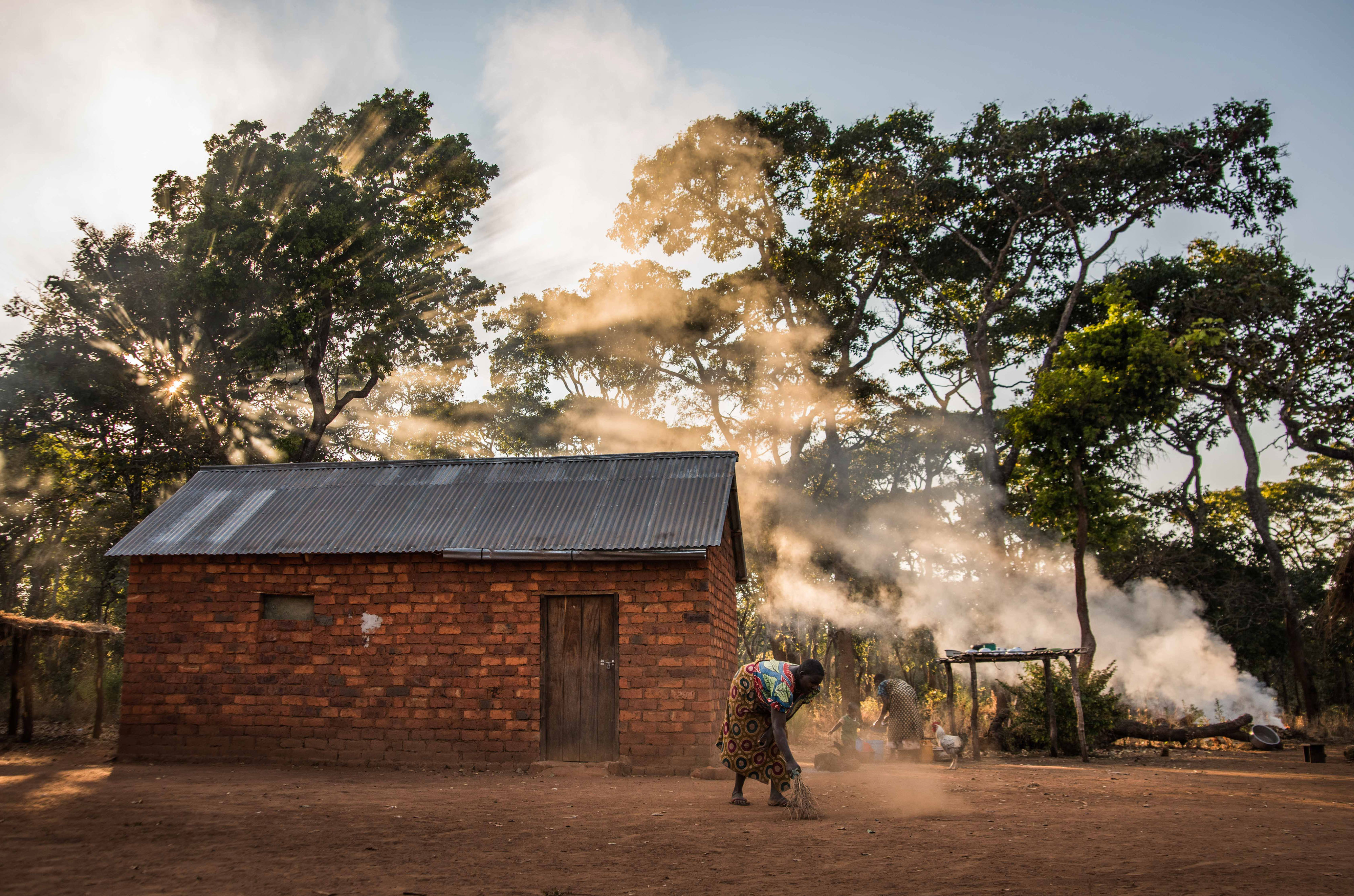
Carbon Tanzania
TNC supported landscape planning, partner coordination and more for this innovative REDD+ project developer in Tanzania pioneering forest conservation on community land. So far: 500,000 hectares under conservation generating 600,000 tonnes per year. Learn About Carbon Tanzania
-
One Acre Fund
One Acre Fund is the largest provider of agricultural inputs in Africa, supporting 1 million farmers to be more prosperous. With support from TNC and others, including a carbon market feasibility study, One Acre Fund has planted 40 million trees. Learn About One Acre Fund
-
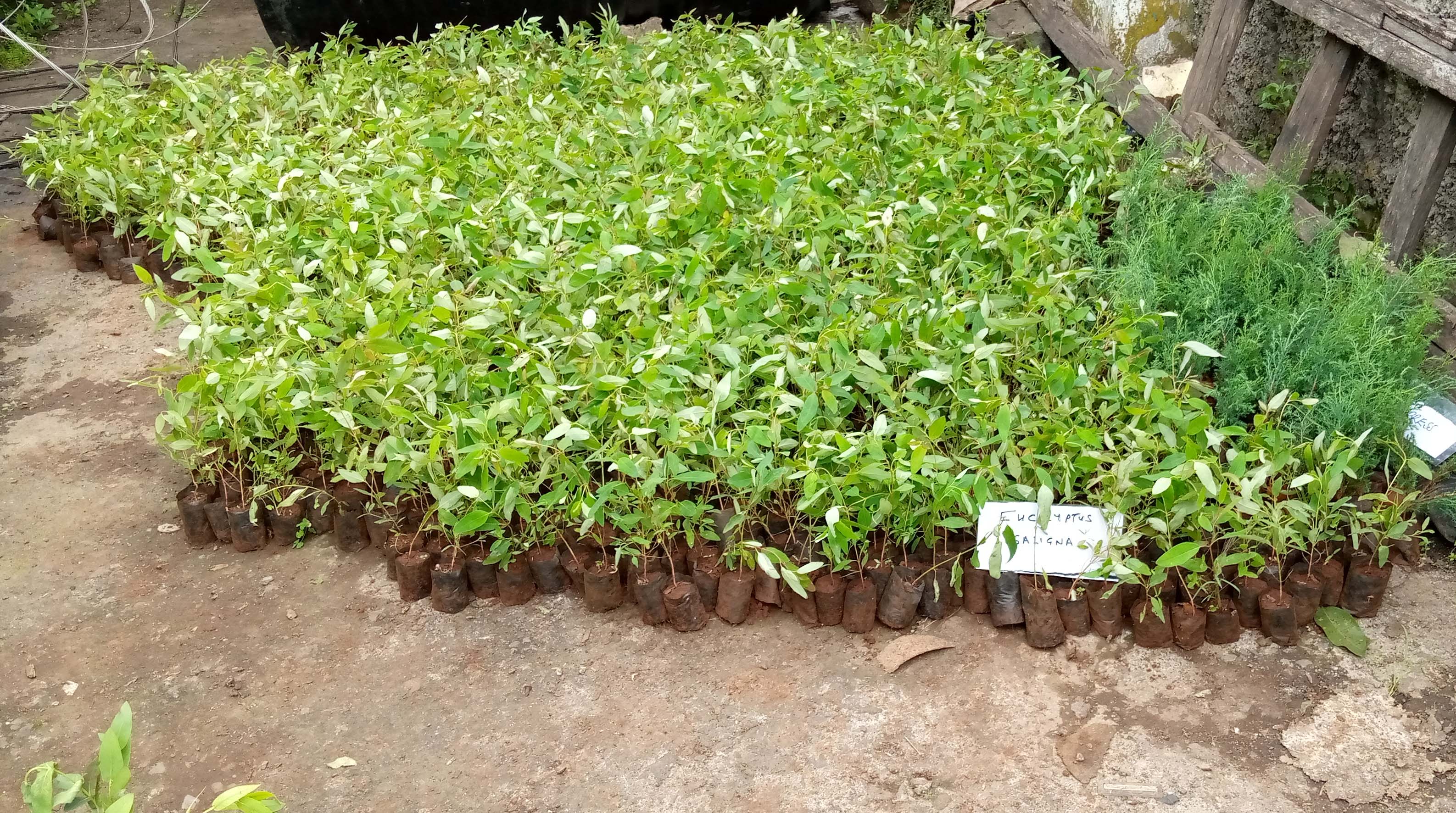
KUSCCO LTD
With Kenya’s Savings and Credit Cooperatives, an umbrella body of all cooperatives, TNC piloted a project lending tree-planting inputs to members with technical assistance to match different species and sites, with >90% tree survival and repayment. Learn About KUSCCO
-
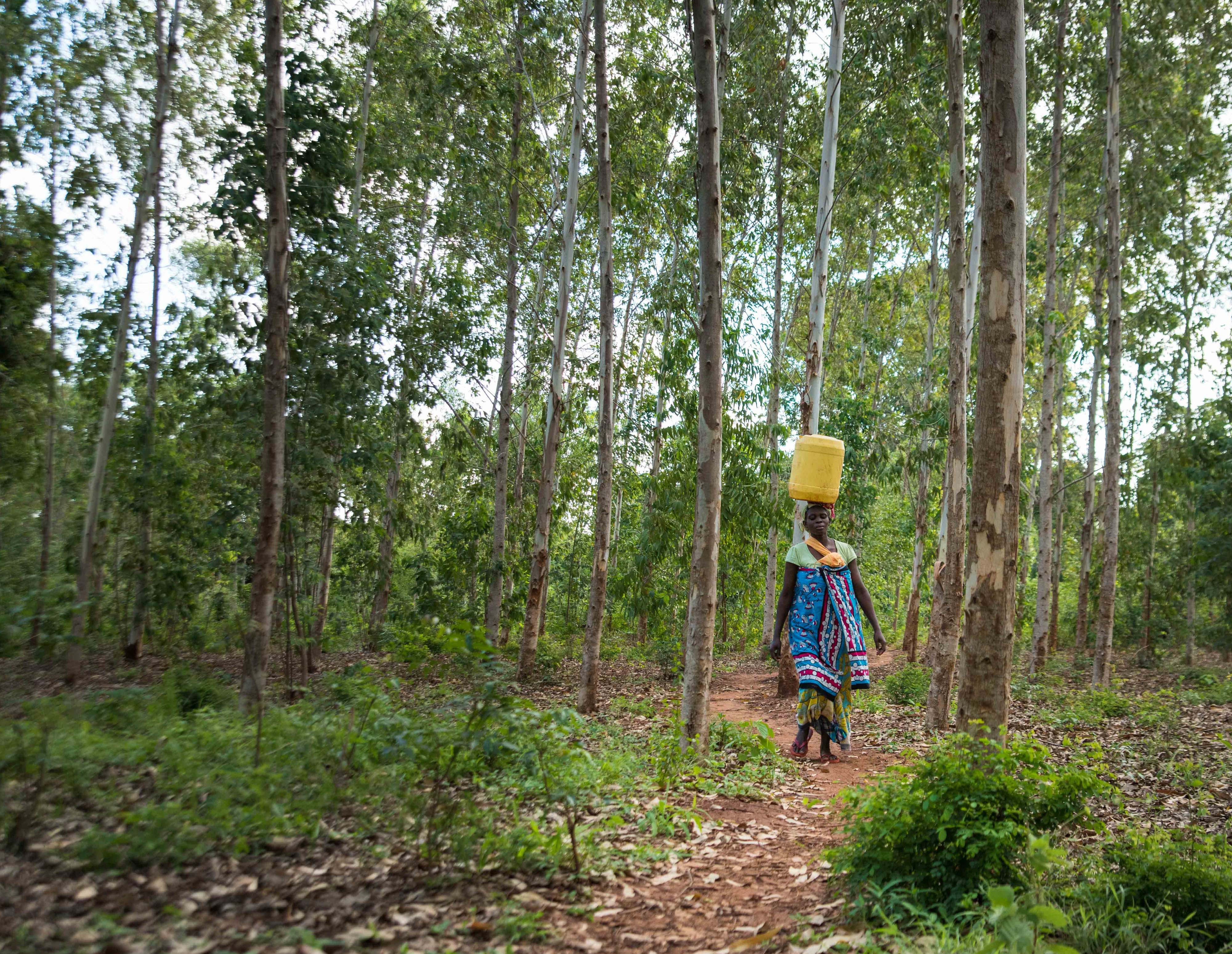
Other Initiatives
In addition, the Catalyst supported Komaza, BioCarbon Partners, and Greenpot during the pilot phase. We are in discussions with a number of other projects and enterprises to add to the Catalyst's portfolio.
Get Involved
If you have a potential project in need of upfront funding or technical assistance, are a donor interested in supporting this initiative, or are a technical or financial partner who could help this initiative scale, please fill out this form and email it to afcc@tnc.org.
Download the Catalyst Background Details (pdf) here.
